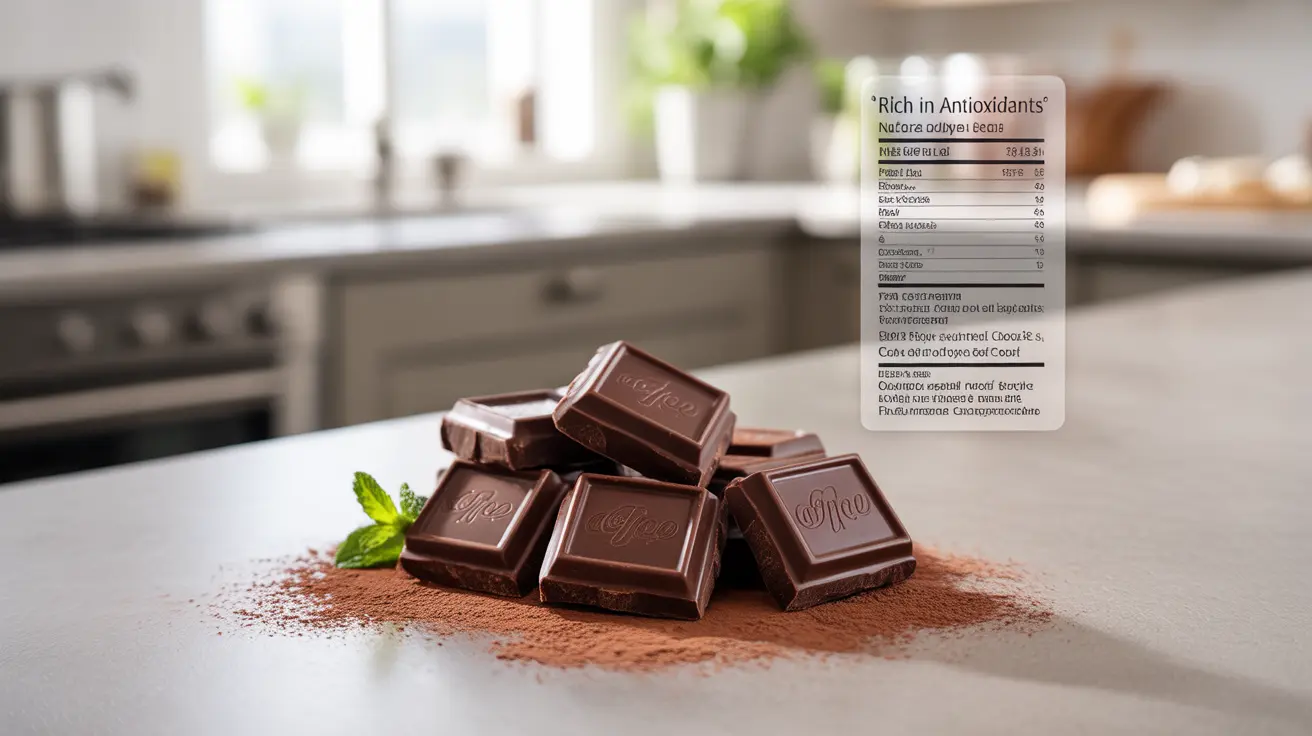For people living with diabetes, the quest for satisfying treats while maintaining stable blood sugar levels can be challenging. Dark chocolate has emerged as a potentially beneficial option, but many diabetics wonder about its safety for regular consumption. This comprehensive guide explores the relationship between dark chocolate and diabetes, helping you make informed decisions about incorporating this treat into your diet.
Understanding Dark Chocolate's Composition
Dark chocolate differs significantly from other chocolate varieties due to its higher cocoa content and lower sugar levels. Quality dark chocolate typically contains:
- Flavonoids and antioxidants
- Less sugar than milk chocolate
- Healthy fats
- Minerals like magnesium and iron
Dark Chocolate's Impact on Blood Sugar
The relationship between dark chocolate and blood sugar is complex but generally favorable when consumed appropriately. Higher cocoa content (70% or more) typically means lower sugar content, making it a better choice for people with diabetes compared to other chocolate varieties.
Glycemic Index Considerations
Dark chocolate has a relatively low glycemic index, especially compared to milk chocolate. This means it causes a slower, more gradual rise in blood sugar levels, making it easier for diabetics to manage their blood glucose response.
Health Benefits for Diabetics
Research suggests several potential benefits of dark chocolate consumption for people with diabetes:
- Improved insulin sensitivity
- Reduced inflammation
- Better heart health
- Enhanced blood flow
- Potential reduction in diabetes risk
Safe Consumption Guidelines
While dark chocolate can be included in a diabetic diet, moderation is crucial. The recommended amount typically falls between:
- 1-2 squares (10-20g) per day
- Choose varieties with 70% or higher cocoa content
- Pay attention to serving sizes and total carbohydrate content
Frequently Asked Questions
Can people with diabetes safely eat dark chocolate every day? Yes, people with diabetes can safely consume dark chocolate in moderation (1-2 squares) daily, provided they choose varieties with at least 70% cocoa content and account for it in their overall carbohydrate intake and meal planning.
How does dark chocolate consumption affect the risk of developing type 2 diabetes? Research suggests that moderate consumption of dark chocolate may actually help reduce the risk of developing type 2 diabetes due to its flavonoid content and potential positive effects on insulin sensitivity.
What is the difference between dark chocolate and milk chocolate in terms of diabetes risk? Dark chocolate contains significantly less sugar, more beneficial compounds like flavonoids, and has a lower glycemic index compared to milk chocolate, making it a better choice for managing diabetes risk and blood sugar levels.
How much dark chocolate should someone eat to gain health benefits without raising blood sugar? The recommended amount is typically 1-2 squares (10-20g) of dark chocolate per day, choosing varieties with at least 70% cocoa content to maximize benefits while minimizing blood sugar impact.
Can dark chocolate improve insulin sensitivity and help control blood sugar levels in diabetics? Yes, studies indicate that the flavonoids in dark chocolate may help improve insulin sensitivity and promote better blood sugar control when consumed in moderation as part of a balanced diabetic diet.
Making Smart Choices
When incorporating dark chocolate into your diabetic diet, always read labels carefully, monitor your blood sugar response, and consult with your healthcare provider about the right amount for your specific situation. Remember that while dark chocolate can be part of a healthy diabetic diet, it should be enjoyed in moderation as part of an overall balanced meal plan.




